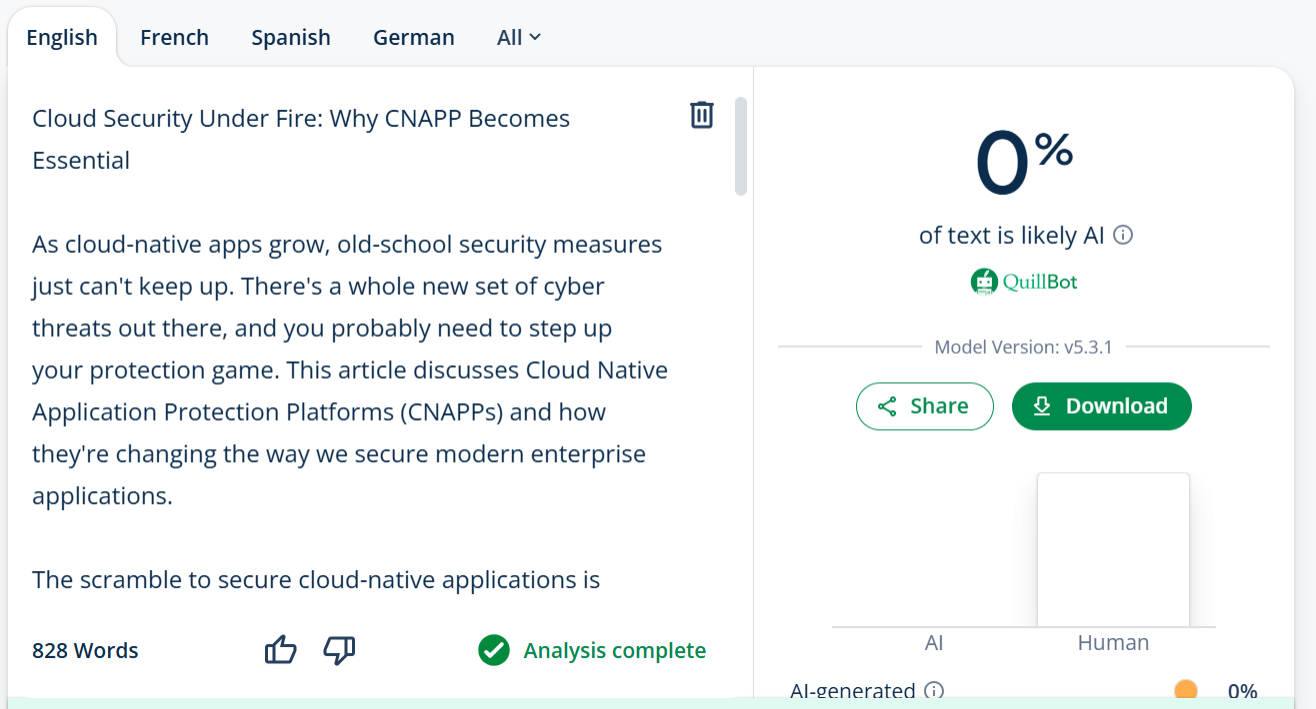As cloud-native apps grow, old-school security measures just can’t keep up. There’s a whole new set of cyber threats out there, and you probably need to step up your protection game.
This article discusses Cloud Native Application Protection Platforms (CNAPPs) and how they’re changing the way we secure modern enterprise applications. The scramble to secure cloud-native applications is intense. Old cybersecurity tools, frankly, just can’t keep up.
Today’s fast, complex cloud environments leave businesses exposed. They face breaches that cripple operations and reputation. Industry experts are now pushing a single, unified solution: the Cloud Native Application Platform, or CNAPP. It’s no longer optional. It’s truly becoming a core demand for robust cloud defense.
Cloud-Native Apps: Power Meets Peril
Business leaders today are looking for cnapp, cloud native application protection platform to harness the vast cloud infrastructure. They’re built for immense scale, specifically designed for operational flexibility. They are often modular applications. Commonly, microservices break complex functions down into smaller, independent services. That enables fast development and deployment.
Those applications also use containerized deployment effectively. Many applications use technologies like Docker and Kubernetes that allow consistent execution in multiple computing environments. Cloud-native systems adapt to demand shifts. The components adjust resource use automatically. All this is connected via APIs. That kind of power, however, creates unprecedented security challenges.

Legacy Tools: A Losing Battle
Cloud adoption created an urgent need for specialized security. For a while, traditional approaches tried adapting. They simply “lifted and shifted” agent-based solutions. But these provided only partial coverage, often leaving 50% to 70% of cloud resources exposed. Significant blind spots emerged. So, what did businesses do then?
Many organizations compounded the problem. They deployed numerous point solutions. Think CWPPs, CSPMs, CIEMs, each for a different layer. This fragmented security. It resulted in poor overall visibility and soaring operational overhead. Manual data correlation proved tedious and totally unsustainable.
CNAPP: The Integrated Solution Arrives
CNAPP solutions emerged directly to address this chaos. They represent a truly unified approach to cloud security. A CNAPP integrates various security capabilities into a single platform. This delivers end-to-end protection across the entire cloud-native application lifecycle. From initial code development through deployment and into runtime, CNAPP secures every stage.
It spots vulnerabilities fast. It monitors for threats constantly. It enforces security policies consistently. This integrated strategy removes the complexities found in managing multiple, disparate security tools. The goal: provide comprehensive protection for highly distributed, agile cloud environments.
CNAPPs offer core security capabilities:
- Continuous Monitoring: Ongoing checks for compliance and policy violations.
- Threat Detection: Real-time analysis identifies suspicious activities.
- Vulnerability Management: Scans for weaknesses in containers and configurations.
- API Security: Secures communication pathways.
- Runtime Protection: Guards against active threats.
WMS Security: A Real-World Test
Modern supply chains depend heavily on advanced technology. Warehouse Management Systems (WMS) are critical components. They optimize stock control and manage logistics precisely. Many WMS platforms now function as cloud-native applications, bringing significant operational benefits.
Manhattan Associates recently expanded its partnership with Google Cloud. All Manhattan Active solutions are on the Google Cloud Marketplace. This streamlines deployment and management of Manhattan’s cloud-native offerings. Manhattan Active platforms use core Google Cloud services like Google Kubernetes Engine (GKE) and Google Cloud SQL. These services present intricate security surface areas. A CNAPP unifies CSPM to secure Google Cloud resources and spot misconfigurations in GKE. It also provides CWPP to identify container vulnerabilities.
Protecting Industry’s Digital Core
Manufacturing also seeks operational efficiency. Intralogistics, covering material flow within facilities, is a key area for improvements. Cloud-native applications provide agility. Yet they introduce distinct security challenges. A CNAPP effectively mitigates them.
At LogiMAT 2025, MHP showcased Industrial Cloud Solutions (ICS). FleetExecuter (for AGVs) and supply_it (for digital material flow planning) are strong examples. Porsche and Lamborghini employ FleetExecuter. Supply_it assists Porsche’s 911 production line, reportedly saving costs. A third tool, shift_it, optimizes staff rostering.
These cloud-native applications rely on infrastructure for real-time data and control. They manage sensitive data. And they often control physical processes. This makes their security paramount. A CNAPP ensures continuous monitoring for compliance. It detects threats within the cloud environment. And it secures the application development lifecycle for these tools.
For example, it analyzes the security of APIs FleetExecuter uses to communicate with AGVs. It also ensures access to supply_it’s digital twin data is strictly controlled (a truly vital point). CNAPP capabilities extend to spotting misconfigurations in cloud services. They handle vulnerability management for container images. This comprehensive security protects data and maintains operational continuity.
Changing Business Operations
Cloud-native application growth has fundamentally altered business operations. It also reshaped how data gets secured. CNAPPs provide a unified control plane. This offers comprehensive visibility and governance over complex cloud environments. This consolidated approach eliminates security blind spots. It ensures cloud agility is not undermined by critical security gaps. For any organization developing or moving applications to the cloud, understanding and implementing a CNAPP is a fundamental requirement. It provides robust protection against sophisticated cyber threats.








